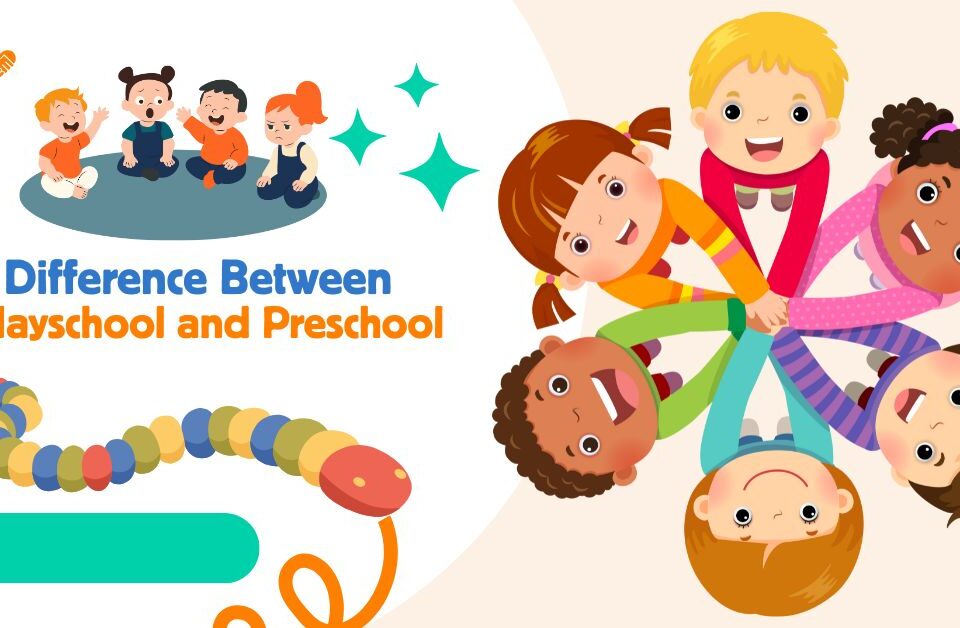
12 Republic Day Activities For Kids At School
January 2, 2024
13 Moral Values to Teach Kids
January 17, 2024Importance of Labs in School For Students
Labs are the incubators of curiosity, where hands-on experiments are conducted and theories learned in the classrooms make sense. These are the spaces where students’ aspirations to become scientists, engineers, and innovators thrive.
Working in a lab deepens comprehension, enhances critical thinking, hones problem-solving skills, and builds teamwork. Acting as a bridge between theory and application, a well-equipped laboratory is the facility in the school premises that provides a much-needed break from textbook learning.
JBM Smart Start is among the best schools in Greater Noida West that recognises the importance of labs during school years. Our infrastructure includes fully functional labs in which students’ curiosities are stimulated, critical thinking developed, and learning optimized by witnessing various concepts they learn in classrooms through experiments conducted in labs.
Also Read: What Are The Benefits Of Abacus For Kids?
What is a Laboratory?
A laboratory is a room, designed to have controlled conditions to conduct scientific or technological research, experiments, and measurements. Labs in schools & universities are used to teach students new concepts through experiments and show them the practical applications of what they learn. In a laboratory, scientific problems are explored and solutions are proposed by learners under the guidance of an educator.
Types of Laboratories in School
There are various labs in schools, equipped with tools and equipment to facilitate hands-on learning and experimentation in diverse subjects. Some common laboratories in schools are:
1. Chemistry Lab: It is a lab that contains chemical reagents, glassware, and apparatus for experiments related to chemical reactions and analysis.
2. Physics Lab: It is a laboratory in which instruments for experiments related to mechanics, electricity, magnetism, and more are kept, and a better understanding of the theory taught in the physics lessons is obtained.
Also Read: How To Make The Best Time Table For Study?
3. Biology Laboratory: The Biology lab is equipped with microscopes, slides, specimens, and other tools related to biology, anatomy, and physiology.
4. Computer Laboratory: It is the lab in which you can find numerous computers for practical lessons in computer science, programming, and information technology.
5. Mathematics Laboratory: It is a lab that provides a space for interactive and hands-on learning of mathematical concepts using models.
Also Read: Benefits Of Meditation For Students
Benefits of Labs At School
1. Offers Practical Experience
Students get hands-on experience with the concepts learned in class. They get to perform experiments and witness the process and results. They learn to use the tools and explore the conventions of science.
2. Fosters Curiosity
Through experiments, students’ interest in the subject is piqued and they excitedly look forward to the classes and especially, to the lab days when they get to perform experiments and prove concepts for real.
3. Enhances Creativity
Students come up with innovative solutions to a problem, form hypotheses, and speculate about the results to fully understand a concept. Thus, lab work makes them better problem solvers and critical thinkers.
Also Read: Tips to Prepare for Exams in One Month
4. Self-Directed Learning
Students direct their learning as experiments give them space to test their theories, question what they have learned, and observe the results for themselves in real time.
5. Develops Critical & Analytical Thinking
Working in a lab involves collecting data, making observations, analyzing results, and making inferences which helps sharpen students’ analytical skills. They learn how to assess data and rely on evidence-based conclusions.
6. Improves Memory
By engaging students in a hands-on experience that involves listening, observing, doing, and reflecting, students learn better as they can connect concepts to the real world.
Also Read: How to Overcome the Phobia of Maths?
7. Better Focus
Learning through experiments involves better focus on the concepts discussed as the results are witnessed. This translates to better understanding and academic performance.
Equipment in Science Labs at Schools
Science laboratories in schools are supposed to include certain equipment for conducting experiments and learning such as:
1. Microscope: An equipment in the biology laboratory that makes use of natural or artificial light and a series of magnifying lenses for the observation of a tiny specimen. A microscope could be simple or compound.
2. Test tubes: These are the common apparatus in the chemistry lab with cylindrical pipe shapes and are made up of glass. They have a circular opening on one side and a rounded bottom. The standard size of the test tube is 18*150 mm. They are the apparatus used for storing and mixing chemicals to observe reactions.
Also Read: Should Mobile Be Allowed in School
3. Beakers: Another glass cylindrical utensil, beakers have a flat bottom and sometimes spout to pour. They are used to hold liquid or solid samples, for heating chemicals, or for observing reactions. 250-500 ml beakers are the most common.
4. Volumetric flask: It is glass equipment calibrated to contain an accurate volume of liquid at a particular temperature. It is commonly utilized to prepare standard solutions.
5. Bunsen burner: A laboratory requires chemicals to be heated, thus the apparatus called bunsen burner is utilised. It produces a single open flame and caters to heating and sterilization needs in experiments.
Also Read: Moral Values to Teach Kids
Common Safety Rules at Laboratories
One needs to follow safety rules when using scientific equipment and working in a lab so that no accidents occur observations are made, and experiments are conducted safely.
- Wear Personal Protective Equipment in the lab.
- Wash hands before leaving the laboratory.
- Inspect equipment or apparatus for damage before use.
- Clean up after carrying out your experiment.
- Return all the materials and equipment used to the appropriate place.
- Do not taste or smell chemicals.
- Never leave containers of chemicals open.
- Transport chemicals safely.
- Use proper storage equipment.
Conclusion
Lab experience is significant for a student’s advanced learning as it gives the students a sense of how the theoretical concepts they learn can be applied to the real world. Learning becomes interesting and fun due to the knowledge that their learnings are of practical use.
JBM Smart Start School the best school in Greater Noida that has the infrastructure to support students’ learning through lab experiments. Our educators guide the learners through theoretical concepts so that they make much sense to the young minds.




